6. Cows, pastures, and fences are everywhere.

The low pitched “dong, dong, dong” of the cowbells are a constant musical accompaniment to every mountain bike ride in the Alps. While they may be off in the woods chowing down on the undergrowth and you may not see them, you’ll definitely hear the clanging bells hung around the necks of the cattle, sheep, and goats. It’s amazing how far that sound can carry, too–I’ve heard a cacophony that sounded like thousands of sheep right around the corner, only to spot the herd off in the distance on the next mountainside over.
7. Uninterrupted singletrack is a rarity.
All of the cattle trails, the lack of maintenance, and no new trail construction mean tons of trail braiding, alternate lines, and doubletrack. Finding a long, sustained, uninterrupted singletrack trail that doesn’t require you to hop on a dirt road for a couple hundred yards before heading back onto the one-track is rare. I encountered precious few lengthy stretches of singletrack in the Alps, and after riding the few long stretches of trail that were available, I realized that we had quickly exhausted the very best singletrack available to ride.
8. You may only need to carry one water bottle.
While I had a tough time paring back on the amount of water I carried with me, the locals often head out into the mountains with just one bottle of water. Unlike the Rockies, which are often very high and dry, clean drinking water can be found around every other bend in the Alps. On our rides, we were constantly passing springs bubbling up from the ground, fountains, water troughs, crystal-clear streams–and the locals drank from them all without any filtration, treatment, or a second thought.
9. Transportation from one place to another is a cinch.

Generally speaking, transportation around all of Europe, even without a car, is an absolute breeze! During my 3-week stint in Europe I relied on public transportation and a mix of private shuttles to get where I needed to go but in general, especially in the Alps, the train and bus system is so stellar that even if you get lost, end up in a town you weren’t planning to visit, or generally need to hop from one destination to the next, you can easily roll up to a train or bus station, buy a ticket, load your bike, and go!
Even within the confines of a mountain bike ride, getting from A to B is simple, thanks to the expansive system of chairlifts. While they do function to give you free vert, they also work to move you from one area to another. For instance, in Portes du Soleil near Morzine, France, there’s an interconnected network of 25 lifts in the immediate area, with the ability to connect to even more over the mountain in Switzerland. A network of lifts that big is incomprehensible by Rocky Mountain standards!
10. On average, the singletrack in the alps is brutally technical.

It’s possible I self-selected a little bit by asking to be shown the most entertaining trails that the Alps had to offer, but even the “easy” trails that rode were anything but easy. In fact, I don’t know if I rode any singletrack that I would label as “beginner” difficulty, and honestly, almost none I would rate as “intermediate.” Instead, everything varied from “advanced” to “expert.”
Steep fall line trails, endless boulders and rock gardens, webs of roots, mind-bogglingly-tight switchbacks, loose scree, narrow trail treads, heart-stopping exposure–these were the status quo for trail after trail and ride after ride.
The riding here isn’t easy, and it isn’t relaxing. The faint of heart and the makers of excuses need not apply.
11. The history!

While this applies to basically anywhere in Europe VS the States, the ancient history of the towns and buildings constantly made me stop, pull out the camera, and squeeze off a few shots. Only in Europe can you head out for a mountain bike ride and roll by tumbled down mountainside huts, thousand-year-old churches, ancient military forts, and finish in towns with massive cathedrals. For the history alone, riding in Europe’s finest–the Alps–is undoubtedly worth it!
Your Turn: What have you always wanted to know about mountain biking in the Alps? Ask away in the comments below, and I’ll do my best to answer your questions!


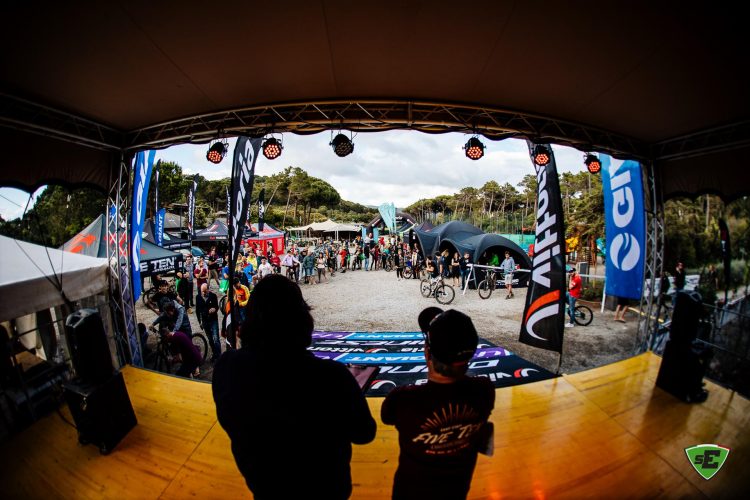
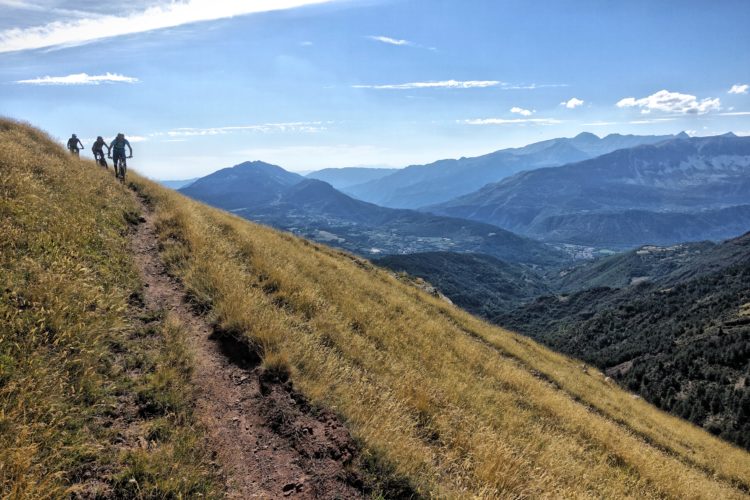
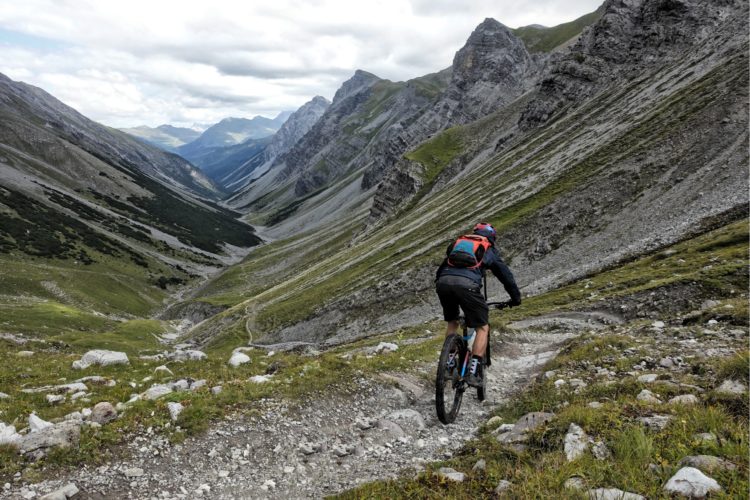


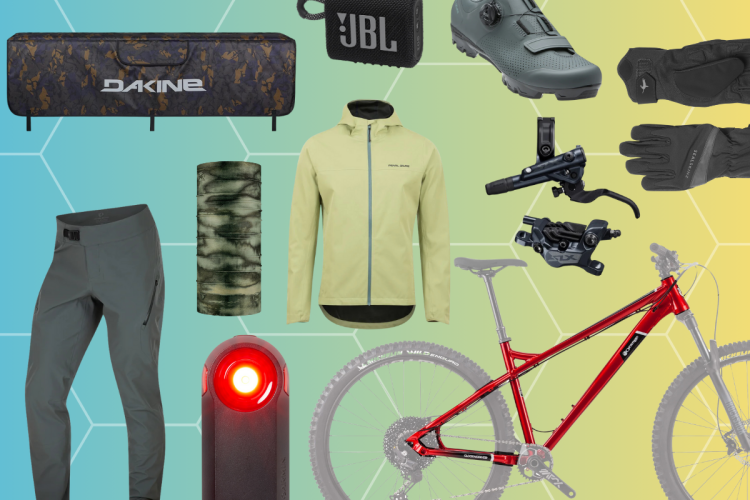
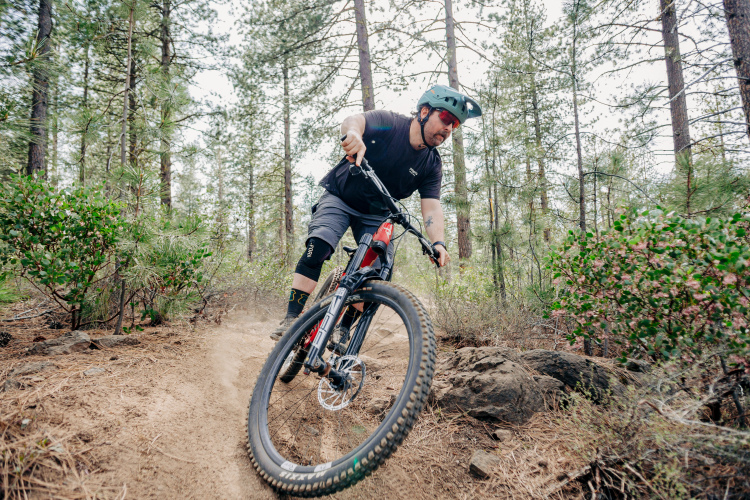
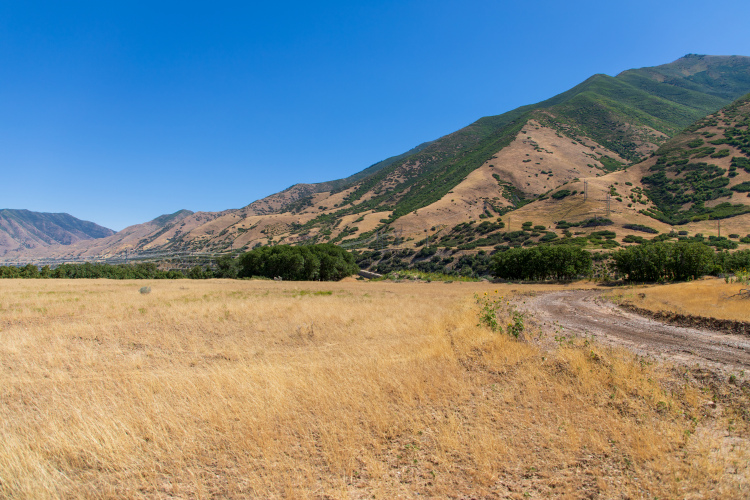

13 Comments
Nov 9, 2018
Nov 8, 2016
Nov 8, 2016
Certain trails in that area have been closed to bikes, and there's the possibility that more are on the way. So while riders don't face the Wilderness issue that we face in the States, there's still plenty of conflict to be had.
Apr 27, 2017
If I only had a couple of days to mountain bike in the Alps and I needed to "Hire" a bike, what would you recommend? I am an advanced rider and prefer long, scenic singletrack as opposed to bike parks.
Thanks,
Joe
Nov 8, 2018
Nov 8, 2016
Nov 8, 2016
But the beauty of the mountains is that every single mountain range is radically different and unique--that's why I keep traveling, to experience as many of them as I can! Even from Morzine to Lenzerheide, the differences within the Alps themselves are a sight to behold!
Nov 8, 2018
Nov 8, 2016
Greg, I thought the signage was really good in most of the places I visited. Also, if you use an app like Backcountry Navigator, you can download the 4umaps.eu maps, which I found to be amazingly detailed and accurate. I mean, practically every cow path was on that map. There is also an icon on the map for the location of every sign-post.
I found it interesting that the Europeans don't seem to dwell on "sustainability" as much as we do. There are a lot of crappy, rutted out trails, and not a lot of evidence that anyone is trying to make them better. On the other hand, their mountains aren't made of decomposed granite like most of what we have here in Colorado, so it holds up a lot better. Bottom line, you won't find a lot of buttery, smooth, singletrack in the Alps -- more often than not it is rugged trail that has been there for decades with no thought given to mountain bikes.
Nov 8, 2016
Nov 8, 2016
Nov 8, 2016
Nov 8, 2016
In case you need maps for your Android device, get them from openandromaps.org.
All maps are free, though the folks behind these projects certainly appreciate donations; the materials are based on OSM.
I have been using their maps for many years, great stuff. Maps are being updated frequently, lots of details, way better many commercial products.